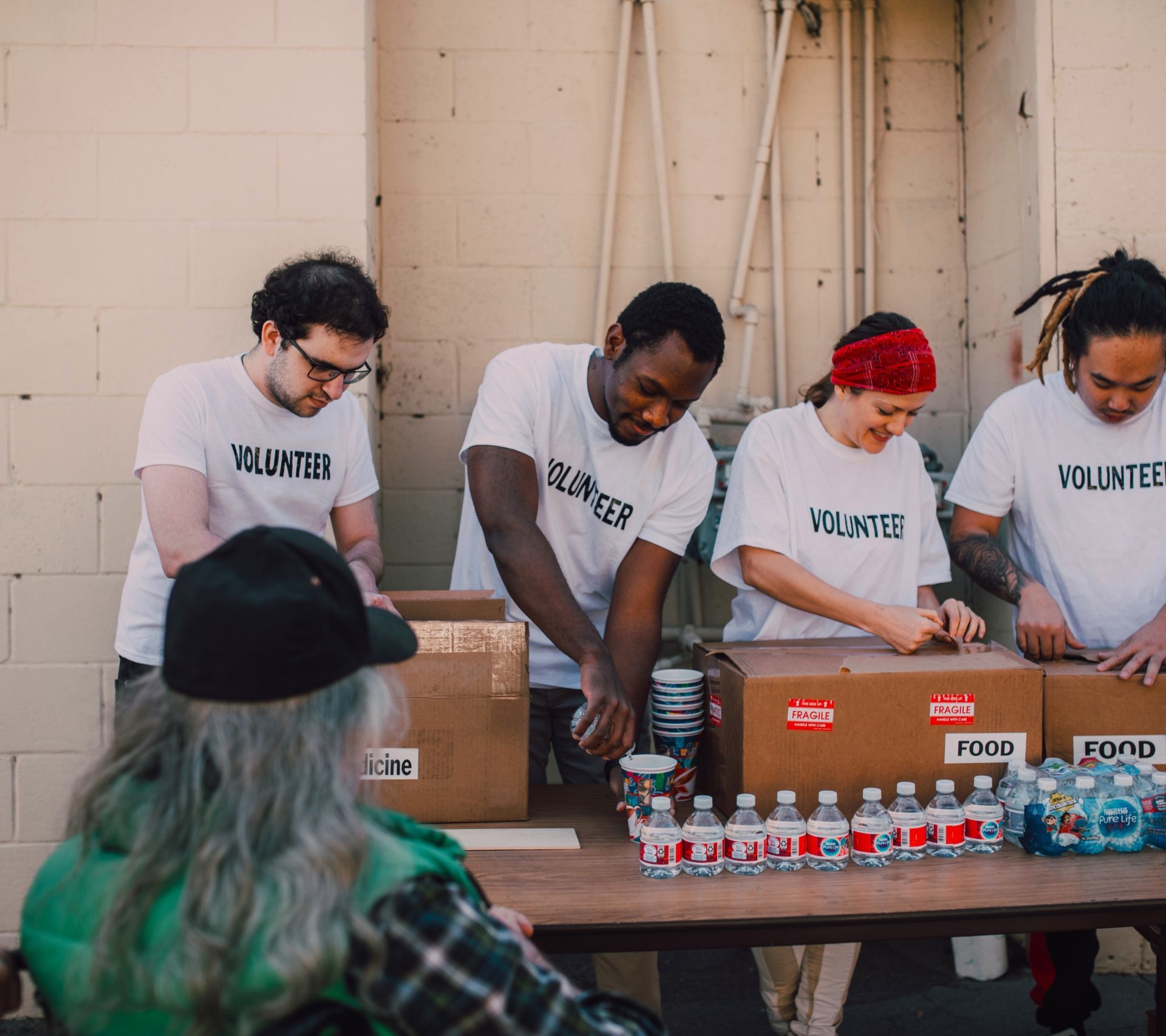The age of social media means everyone can be involved in co-creating a brand and its values
The ice bucket challenge is estimated to have brought in £7m in additional donations for the MNDA.
With the recent launch of Savanta’s Top 100 Most Loved Charity Brands report, based on BrandVue Charities data, it’s a good time to consider what exactly makes a strong non-profit brand in this social-media defined era.
Around 2014, social media was suddenly awash with viral trends such as the “No makeup selfie” and the ominous-sounding “ice bucket challenge”.
Users shared photos of themselves make-up free and filmed themselves having ice water poured over their heads, before sharing the posts on social media and “nominating” friends to do the same. Sharers of no make-up selfies also made donations to Cancer Research UK, sometimes including a screenshot of their donation within the post. In the UK, the ice bucket challenge began as a means to raise money for Motor Neurone Disease Association (MNDA), and also raised funds for a range of causes including Macmillan Cancer Support and WaterAid.
These trends can be seen as early examples of the “democratisation” of non-profit brands, where creation of non-profit brand identity is dispersed amongst stakeholders who interpret and promote the brand in their own style. The no-make up selfie challenge was a huge financial success, raising £8m for Cancer Research UK despite the trend having taken off independently of the charity. The ice bucket challenge is estimated to have brought in £7m in additional donations for the MNDA.
How has technology changed the storytelling landscape for non-profits?
Amongst the experts in non-profit branding, co-creation with stakeholders is the new normal. For non-profits to create and maintain credibility with stakeholders, they must demonstrate their integrity; embody their ethics; be remarkable amongst their peers; and help stakeholders to feel that they know the brand on a personal level beyond simply recognising it.
Several different approaches for successful non-profit branding name democratic brand creation as key (e.g. Kylander & Stone, 2012; Wymer et al., 2015). Gone are the days when the stories that underpin a brand were dictated solely by the brand itself. The age of social media has meant that previously passive recipients of a brand can now involve themselves in continuously co-creating a brand and its values. While this means that there can be a lot more active brand creation taking place at any one time, it also means that non-profit brands have little choice but to accept a loss of control over their brand identity.
How does this look in 2020?
Short-lived viral trends like the no-makeup selfie and ice bucket challenge may have been few and far between in the years since their initial success, but some participatory acts of charity branding have persisted. The now-entrenched annual tradition of “Movember” has generated over $700m towards around 1,200 men’s health projects, with a key aspect of the campaign the sharing of (sometimes questionable) moustache shots. Animal welfare charity Blue Cross recently linked up with platform-of-the-moment TikTok, inviting users to share videos of their pets in return for a £1 donation to the charity.
Social media is playing an important role in the growing activism responding to the climate crisis, with activists using it to organise and share content about their activism and motivations. Decentralised grassroots environmental campaigns like Extinction Rebellion and Fridays for Future are changing the face of environmental activism, disrupting the landscape previously dominated by long-established non-profit brands like Greenpeace and Friends of the Earth. Branding is key to their success, with Extinction Rebellion encouraging activists to interpret and re-purpose its distinctive graphics, lettering and messaging in their own artwork and communications.
The potential for stakeholder participation in brand creation is ever-growing, especially with the prevalence of engagement with platforms like TikTok and Instagram, which are centred around the sharing of images and video content created by users themselves. The challenge for charities will be to adapt to an age of mass participation in building non-profit brand identity to stay relevant to their stakeholders as grassroots campaigns gain strength, and channel people’s desire for real action on the issues they care about.
Download the full Top 100 Most Loved Charity Brands report here.





